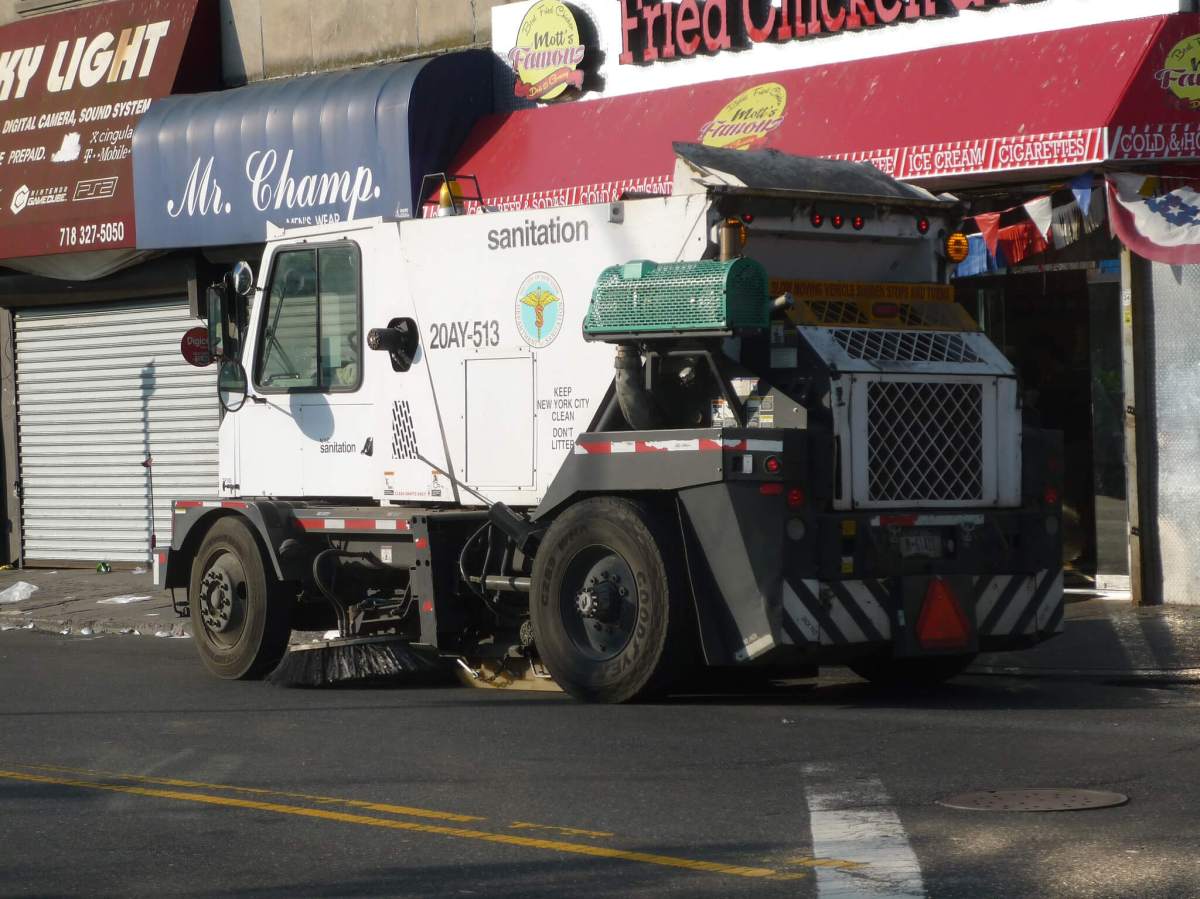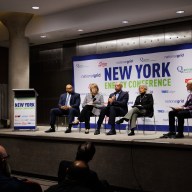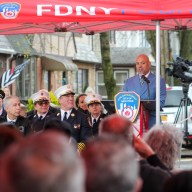Astoria residents are fed up with how frequently the Department of Sanitation comes to clean the streets.
In response to this, the Old Astoria Neighborhood Association filed a proposal to the DSNY requesting that the number of street cleanings be decreased from a required four times per week to just two times a week.
The letter mentioned that they wanted legislation to “change the irresponsible way street-cleaning frequency is determined” and that each neighborhood should be “studied individually” to determine need. These measures are supported by Councilman Costa Constantanides, according to OANA President Richard Khuzami.
In addition, the OANA mentioned that two times is the default amount of times street cleaners should come until an actual need is determined. Some parts of the area, generally south of the Grand Central Parkway, are required to be swept four times per week — something which doesn’t sit well with many residents.
“The DSNY stated that CB 1 District south of the Grand Central does not meet standards, so it does not matter what the residents of Old Astoria want, four times a week is required. Because of this, the residents of Old Astoria will never approve street cleaning. They insist on two times per week,” Khuzami said. “This whole process is counter-intuitive. Wouldn’t it be better to have some cleaning instead of none, especially in neighborhoods considered below standard?”
According to their website, the OANA is a 501(c)3 non-profit organization that serves parts of Astoria bounded by Ditmars Boulevard and 36th Avenue, between the East River and 21st Street. Khuzami said that many of these areas have been negatively affected by the frequent street cleanings.
“We have tried for many years through direct interaction with Sanitation to alleviate our issues of litter and garbage on our streets, and also the parking of vehicles for extended periods of time,” said the OANA in their proposal.
Since many streets do not have alternate-side parking regulations, cars are able to park in spaces for an extended time, taking away spaces from residents in the area where parking is oftentimes scarce.
Street cleanings are determined based on a scoring system that determines the “level of cleanliness” in an area. Khuzami said that the DSNY administers surveys to the community boards in each neighborhood. Areas that score low require four street cleanings, while higher scoring areas can be cleaned less frequently. However in their proposal, the OANA said that the street cleaners come “regardless of need.”
On the flip side, Khuzami also mentions that some areas never get cleaned by sanitation. He mentioned 11 streets that have poor street cleaning implemented, which he adds is “only a small portion of the waterfront from Astoria Park to 31st Avenue.” Some of these streets include 25th and 26th roads, Second and Third streets and Welling Court.
George Hatzopoulis, owner of the Arcadia Bar and Kitchen on Astoria Boulevard said that although his business is not negatively affected by street cleanings, the way the DSNY handles cleanings in other areas is “not right.”
“We were never approached [about a survey],” said Hatzopoulis, despite the acceptable standard of cleanliness around his business. The restaurant owner thinks that the reason some streets get neglected is that the DSNY does not administer surveys as often as they should.
Despite their efforts, the OANA has not made headway regarding this issue.
“Regretfully, as of today, no progress has been realized,” Khuzami said. “Change is difficult, especially when dealing with city agencies. We have tried the normal channels, the Community Board and the office of Councilman Constantanides, and talking directly with DSNY. Even with petitions from local residents asking for twice a week cleaning, we have so far been unsuccessful.”
Editor’s note: The original headline was edited due to discrepancies in the article that have since been fixed. We regret the errors and any confusion which may have resulted.































